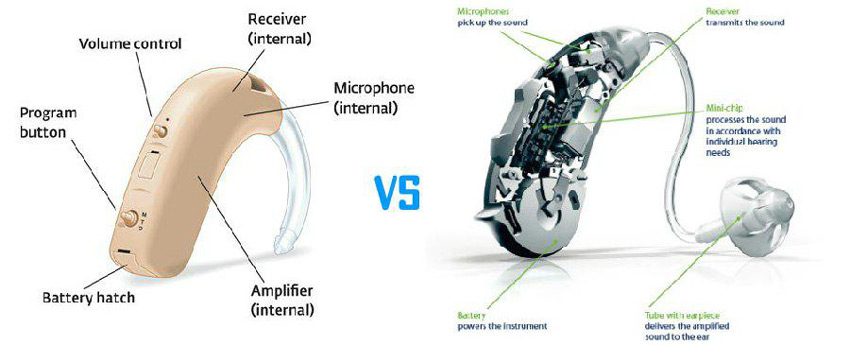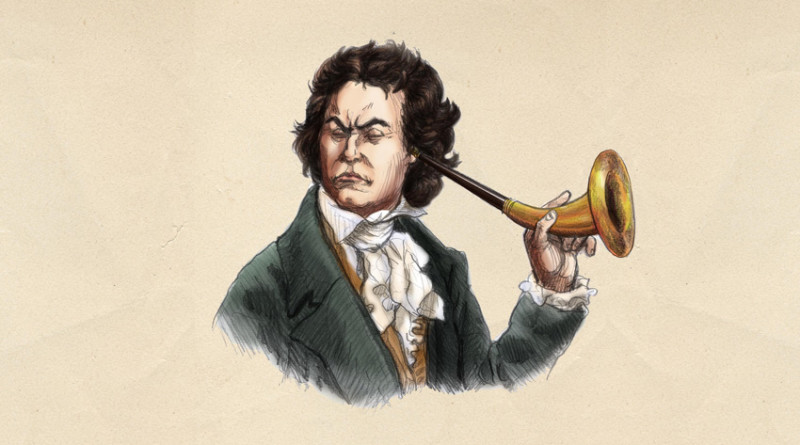Analog vs Digital Hearing Aids
If you think hearing loss is a disability that will cost you a lot in life, then let me share this awesome story with you: losing his hearing at the age of 26, Ludwig Van Beethoven, one of the greatest composers of all times, wasn’t able to hear the audience’s applause when he finished performing the famous Ninth Symphony, which brought him timeless world fame and a place among the giants of classical music. Someone had to turn him around so he could witness the applause and admiration of the public, because he could not hear anything. Imagine the shock he must have experienced: the greatest lover of music, composer of music pieces we study today, was not able to hear his own creation. Ouch.
Before completely losing his hearing though, Beethoven managed his situation by using hearing aids. Of course, back in those days hearing aids were a lot more different than hearing aids Australia centre and professionals recommend today. Those were some heavy and pretty uncomfortable ear horns or trumpets that did not work that much, apparently.
Today, when you visit a hearing aids Australia centre, the hearing aids you will encounter are a lot smaller, made to fit the ear, almost invisible, and are so sophisticated; they’ll allow you to hear even the quietest whisper, yet alone an applause. I did a little research on the matter since my brother is experiencing some hearing problems and needs to use a hearing aid. Basically, there are two models you can choose from: analog and digital hearing devices.

Analog hearing devices
The main purpose of analog hearing devices is to make sound waves louder, in both speech and noise. Mainly they are not, but some more sophisticated analog hearing devices are programmable and can adapt their working mode according to the environment; for instance, they enable you to change the amplification intensity of the sounds when you move from a quiet room like a library, to a lot noisier, like a baseball stadium. These hearing aids are generally cheaper than the digital ones even though they can be more powerful than them. Once you choose an analog hearing aid, you can easily get used to it and may not want to switch to a digital one .
Digital hearing devices
Basically the same thing as analog hearing aids, with a small additional detail: these hearing aids turn sound signals into digital ones by producing an exact duplication of each sound. The entire process of sound analysis is a lot more sophisticated with these aids, and instead of just amplifying sounds, they analyze speech and other noise and instantly transform them into sounds you can actually hear and understand. Digital hearing aids solve the problem of background noise, which cannot be solved with analog aids. Thanks to an algorithm used in the program of the aid, background noise does not cause problems in hearing. In addition, these aids are all programmable and can be adapted to various environments.
Whichever type of hearing aid you choose, have in mind that they cannot completely restore your hearing, but they can definitely help you be more aware of your surroundings and environment. The best thing about them though, is that you will definitely be able to hear the applause when you get it.

